- Home
- About
- Blog
-
Butterfly Gallery
- Hesperiidae >
- Papilionidae >
- Pieridae >
-
Lycaenidae
>
- Black Hairstreak
- Brown Hairstreak
- False Ilex Hairstreak
- Green Hairstreak
- Ilex Hairstreak
- Purple Hairstreak
- Sloe Hairstreak
- White-letter Hairstreak
- Large Copper
- Purple-edged Copper
- Purple-shot Copper
- Scarce Copper
- Small Copper
- Sooty Copper
- Violet Copper
- Adonis Blue
- Alcon Blue
- Alpine Blue
- Amanda's Blue
- Baton Blue
- Brown Argus
- Chalkhill Blue
- Chequered Blue
- Common Blue
- Cranberry Blue
- Damon Blue
- Dusky Large Blue
- Escher's Blue
- Geranium Argus
- Glandon Blue
- Green-underside Blue
- Holly Blue
- Idas Blue
- Large Blue
- Mazarine Blue
- Mountain Alcon Blue
- Northern Brown Argus
- Piedmont anomalous Blue
- Provence Chalkhill Blue
- Reverdin's Blue
- Ripart's anomalous Blue
- Scarce Large Blue
- Silver-studded Blue
- Silvery Argus
- Small Blue
- Short-tailed Blue
- Turquoise Blue
- Duke of Burgundy
-
Nymphalidae
>
- Purple Emperor
- Lesser Purple Emperor
- White Admiral
- Southern White Admiral
- Hungarian Glider
- Camberwell Beauty
- Comma Butterfly
- Large Tortoiseshell
- Map Butterfly
- Painted Lady
- Peacock
- Red Admiral
- Small Tortoiseshell
- Assmann's Fritillary
- Bog Fritillary
- Cardinal
- Cranberry Fritillary
- Dark Green Fritillary
- False Heath Fritillary
- Glanville Fritillary
- Grisons Fritillary
- Heath Fritillary
- High Brown Fritillary
- Knapweed Fritillary
- Lesser Marbled Fritillary
- Marbled Fritillary
- Marsh Fritillary
- Meadow Fritillary
- Mountain Fritillary
- Nickerl's Fritillary
- Niobe Fritillary
- Pearl-bordered Fritillary
- Queen of Spain Fritillary
- Shepard's Fritillary
- Silver-washed Fritillary
- Small Pearl-bordered Fritillary
- Spotted Fritillary
- Titania's Fritillary
- Twin-Spot Fritillary
- Weaver's Fritillary
- Satyridae >
- Metamorphosises >
- Alpine Species
- Germany - Eifel
- Butterflies in France
- Butterflies NL
- Threats & Enemies
- UFI
-
Gallery A - Z
- Amphibians
- Aosta - Gran Paradiso
- Ardeche
- Bayerischer Wald
- Beetles
- Bluebell Forest
- Caterpillars
- Cevennes
- Dordogne
- Holy Love
- Hungary
- Insects - Others
- Jumping Spiders
- Kleine Beerze
- Kleine Beerze II
- Koebosch
- Landschotse Heide
- Little Owl
- Luberon
- Lueneburger Heide
- Mercantour
- Mercantour part II
- Orchids Dream
- Pink and Purple
- Snakes and Reptiles
- Spiders
- Spring Flowers
- Strabrechtse Heide
- Styria
- Teutoburger Wald
- Toxic Tales
- Var
- Blog Vosges
- Rust In Peace
|
Unfortunately two weeks ago my sabbatical ended and after four months of doing fun stuff I'm back to 'normal'. At this moment 'normal' means working and feeding caterpillars of the Swallowtail which is hard work as I found more than 100 caterpillars on one carrot field! From an other carrot field I collect fresh food and the last days I found there 25 caterpillars too. As the farmer told me that one of the fields will be harvest soon, I bring home every caterpillar to breed/release them. Yesterday, when I came home from work, the first two butterflies were emerged so I tried to 'catch' them this morning with the rising sun but unfortunately I could not see any sunrise at all as my garden is surrounded by corn fields.
0 Comments
With these temperatures, 28 degrees on 13 October, it was not really a surprise that the first Swallowtails emerged. Although I did my very best to keep them as cool as I can, two of them were born yesterday....it is just too warm....again we have a 'canicule' (one of the first new words I learned in french lesson last week). This morning I tried to catch them in my garden with the rising sun but it was'n easy with a new big factory farm in the background. I guess, it's time to leave to France!
Due to this fabulous summer, I found some caterpillars of the Swallowtail. First in July on a carrot field which was gathered the day after and second in August on fennel. I received some fresh fennel to feed them and when they were all almost grown and pupated I discovered a tiny little caterpillar which was just born....so the complete story continued. Last Monday evening I run out of food for the last caterpillar as my fennel is empty. I drove to a carrot field and found immediately a tiny little caterpillar. Although it was getting dark I searched on a place with high weed between the carrots (a sign that this piece of land was not treated with poison) and found 11 caterpillars: As these caterpillars are very hungry and as I wanted to search for more caterpillars I drove to the carrot field this morning. Big machines were busy and the wilder part with weed was already completely gone. How many swallowtails we would have in the Netherlands when some of the carrot field would not be gathered?
A lot of fennel was growing in the meadows of the accomodation in France and with a lot I mean hundreds of plants. So it was no surprise that the Swallowtail was a regular visitor and that the females were laying eggs. But when I liked to photograph an egg a few days later the egg was gone; instead I found some fat ants. I watched this proces, called nature, some days and decided to intervene. I took some fennel with yellow eggs and put it outside in the window-sill of the accomodation. Afer a few day, more by accident, I noticed a little dark spot and after I found my glasses I noticed that the dark spot was a hatching egg. With my MP-E 65 mm I could follow the birth but there was too much wind outside to photograph this proces. After the birth this tiny little caterpillar started to eat the egg shell and inbetween he took a break....time for me to make some photos. Ever tried to photograph something with a longer shuttertime on a fennel leaf? The leaves of fennel are always in motion. After some photos I relooked them in the screen of my camera and could see that the tiny caterpillar started in the choosen (higher) position and after some shots he was that low that I needed to change again the compositon. Fortunately I had enough time that day to repeat that proces again and again and again. I'm happy that I can add this young caterpillar (5:1 magnification) to my personal Swallowtail image collecion.
On the day of arrival in the Provence I found a tiny little caterpillar of the Swallowtail on one of the wild Fennel plants. For me not a special species so actually I had not in mind to spend a blog about the Swallowtail. I checked the caterpillar every morning and evening on my ‘butterfly route’. Ten days later when the caterpillar was grown he was resting in the fennel and two new eggs were laid. I really considered to replace him as I was afraid that he would eat the eggs….when I checked the fennel plant the same evening again the complete fennel stalk including eggs were gone.
Witnessing and photographing the birth of a butterfly is everytime again a miracle. One week ago the last Swallowtail chrysalis emerged and after unfurling and drying its wings, the butterfly flew into freedom. I hope that he survived the hungry birds and that the circle of life will continue!
In my blog from 2nd September I showed some caterpillar pictures of the Swallowtail which I collected from a carrot field for a friend to let him enjoy the emerging process. As caterpillars are growing very quickly I needed fresh carrot leaf and everytime I found new caterpillars; at the end I counted between 25 and 30 caterpillars. By the end of September all caterpillars were transformed into chrysalises and a part I gave to my friend and the other part stayed outside on a shadow place. Normally they will hibernate as chrysalis until May/June.....normally.....when we will have no summer temperatures for more than a week in October! When I returned from my trip to Germany, I immediately noticed two emerged butterflies and some coloured chrysalises. As the weather stayed warm almost all chrysalises got coloured and day after day I collected an emerged butterfly. For the first time I cursed warm weather as all my efforts to help the new Swallowtail generation of 2014 vanished. The only thing what has left are memories and a new sequence of the last emerged butterfly: Please visit my metamorphosis gallery for more sequences of emerging butterflies.
One of the biggest butterflies in the Netherlands and Europe is the Old World Swallowtail (Papilio machaon). In the 90’s I had to travel to the southern part of the Netherlands (Zuid-Limburg) to catch a glimpse of them. Everything changed when in 2002 a friend discovered a carrot field nearby. One early morning in August we visited this field with the hope to find one sleeping specimen. First, we couldn’t find one single butterfly but as soon as the sun was rising they came out of their sleeping places and climbed up to the wild carrots. I remember that we counted 16 Swallowtails and as you can see on the images below (nothing is manipulated!) on one wild carrot 3 Swallowtails were warming up. In 2002 I was photographing on film and although I brought my films to a professional processing Lab it often happens that on the best and sharpest slides some scratches were found. After I selected some slides I contacted the former magazine ‘Grasduinen’ and two months later an article with my pictures appeared in their magazine. Since then a lot has changed........first and fortunately the Swallowtails are doing very well in the Netherlands. Second, slides and scratches are past history. Third and too bad, the good old magazine ‘Grasduinen’ does no longer exists.
This period of the year I like the most! I’m outside almost every morning before sunrise and every evening until sunset. I’m in my element and photograph a lot these days; mostly I visit a small area of the Kleine Beerze as I want to complete my story. Yesterday I found three resting butterflies, three times a Small Heath (Coenonympha pamphilus - Hooibeestje). Of course I photographed them but I’m still concerned about the absence of other butterflies. Fortunately a lot of dragonflies and spiders can be found at this area. Last year I rescued a few caterpillars of the Swallowtail (Papilio machaon - Koninginnenpage) from a poisonous shower on a carrot field and one of them emerged recently. I was happily surprised that this kind of butterfly, which loves warmer regions, survived the low winter temperatures. I had taken a few photo’s when the ‘Queen’ decided to fly into freedom…. Canon 7D; tripod; remote release; 180 mm, 1/10s at F9.0 and ISO100
|
Jibt dir dit Leben mal een Buff, denn weene keene Träne. Lach Dir'n Ast und setz Dir druff und baumle mit de Beene.
Archives
July 2024
Categories
All
|
No image from this site is to be downloaded, copied, duplicated, sampled, modified or redistributed!
- Home
- About
- Blog
-
Butterfly Gallery
- Hesperiidae >
- Papilionidae >
- Pieridae >
-
Lycaenidae
>
- Black Hairstreak
- Brown Hairstreak
- False Ilex Hairstreak
- Green Hairstreak
- Ilex Hairstreak
- Purple Hairstreak
- Sloe Hairstreak
- White-letter Hairstreak
- Large Copper
- Purple-edged Copper
- Purple-shot Copper
- Scarce Copper
- Small Copper
- Sooty Copper
- Violet Copper
- Adonis Blue
- Alcon Blue
- Alpine Blue
- Amanda's Blue
- Baton Blue
- Brown Argus
- Chalkhill Blue
- Chequered Blue
- Common Blue
- Cranberry Blue
- Damon Blue
- Dusky Large Blue
- Escher's Blue
- Geranium Argus
- Glandon Blue
- Green-underside Blue
- Holly Blue
- Idas Blue
- Large Blue
- Mazarine Blue
- Mountain Alcon Blue
- Northern Brown Argus
- Piedmont anomalous Blue
- Provence Chalkhill Blue
- Reverdin's Blue
- Ripart's anomalous Blue
- Scarce Large Blue
- Silver-studded Blue
- Silvery Argus
- Small Blue
- Short-tailed Blue
- Turquoise Blue
- Duke of Burgundy
-
Nymphalidae
>
- Purple Emperor
- Lesser Purple Emperor
- White Admiral
- Southern White Admiral
- Hungarian Glider
- Camberwell Beauty
- Comma Butterfly
- Large Tortoiseshell
- Map Butterfly
- Painted Lady
- Peacock
- Red Admiral
- Small Tortoiseshell
- Assmann's Fritillary
- Bog Fritillary
- Cardinal
- Cranberry Fritillary
- Dark Green Fritillary
- False Heath Fritillary
- Glanville Fritillary
- Grisons Fritillary
- Heath Fritillary
- High Brown Fritillary
- Knapweed Fritillary
- Lesser Marbled Fritillary
- Marbled Fritillary
- Marsh Fritillary
- Meadow Fritillary
- Mountain Fritillary
- Nickerl's Fritillary
- Niobe Fritillary
- Pearl-bordered Fritillary
- Queen of Spain Fritillary
- Shepard's Fritillary
- Silver-washed Fritillary
- Small Pearl-bordered Fritillary
- Spotted Fritillary
- Titania's Fritillary
- Twin-Spot Fritillary
- Weaver's Fritillary
- Satyridae >
- Metamorphosises >
- Alpine Species
- Germany - Eifel
- Butterflies in France
- Butterflies NL
- Threats & Enemies
- UFI
-
Gallery A - Z
- Amphibians
- Aosta - Gran Paradiso
- Ardeche
- Bayerischer Wald
- Beetles
- Bluebell Forest
- Caterpillars
- Cevennes
- Dordogne
- Holy Love
- Hungary
- Insects - Others
- Jumping Spiders
- Kleine Beerze
- Kleine Beerze II
- Koebosch
- Landschotse Heide
- Little Owl
- Luberon
- Lueneburger Heide
- Mercantour
- Mercantour part II
- Orchids Dream
- Pink and Purple
- Snakes and Reptiles
- Spiders
- Spring Flowers
- Strabrechtse Heide
- Styria
- Teutoburger Wald
- Toxic Tales
- Var
- Blog Vosges
- Rust In Peace
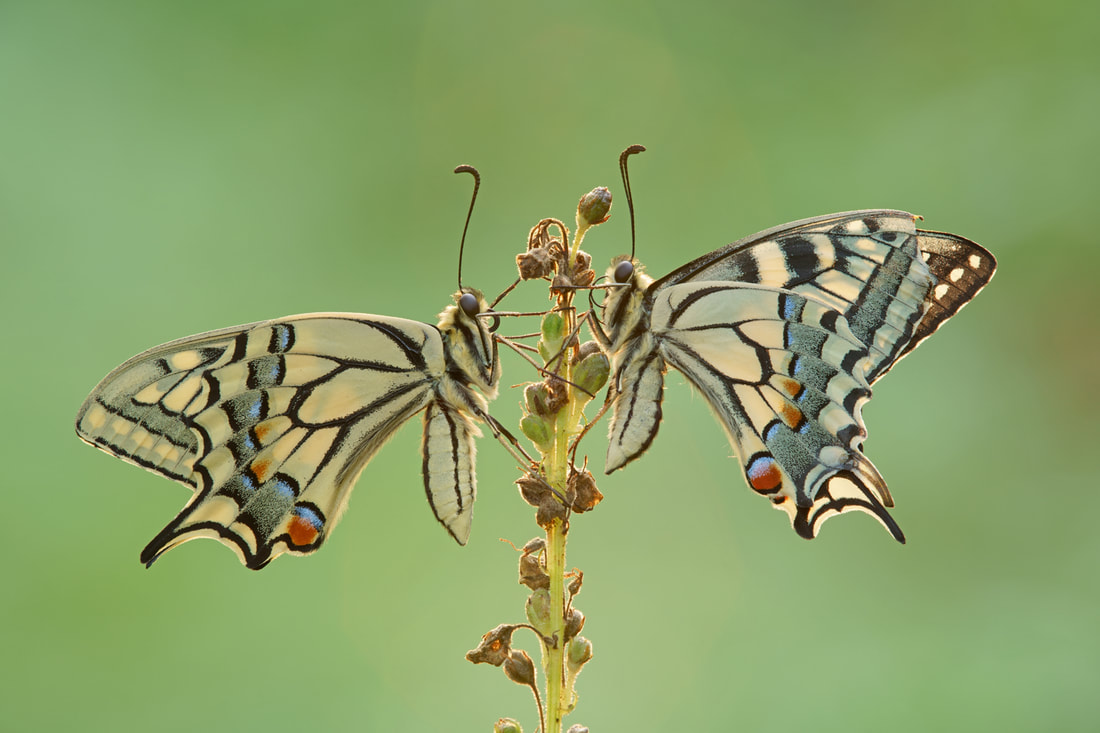
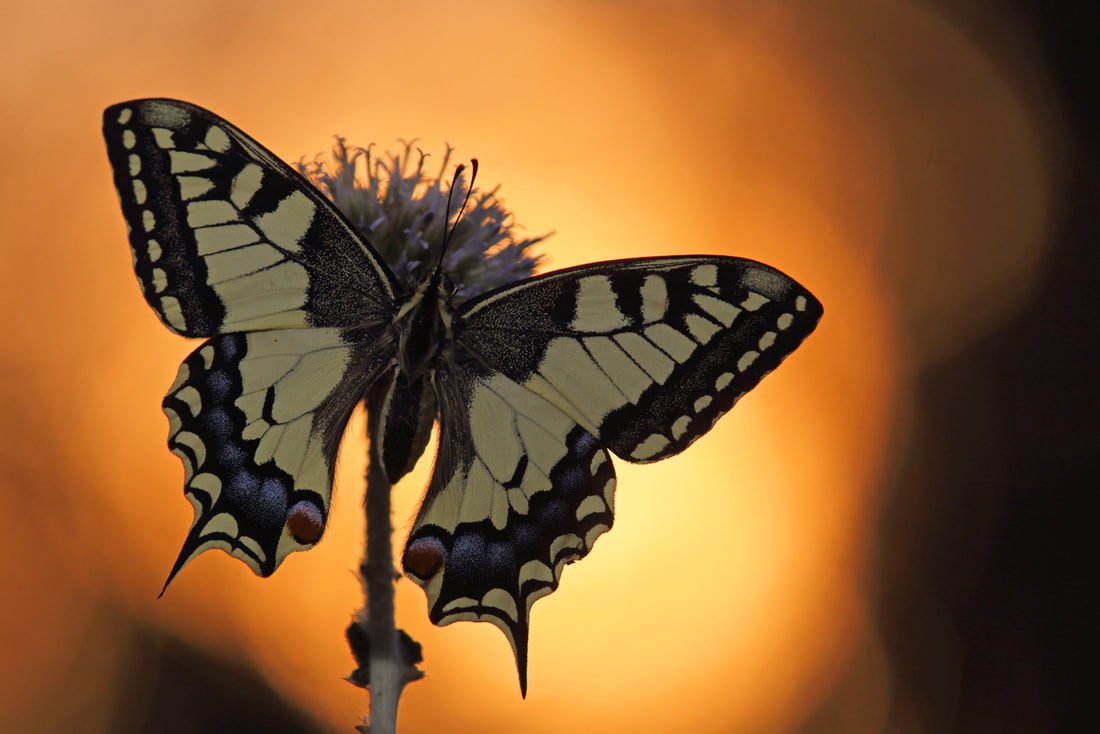

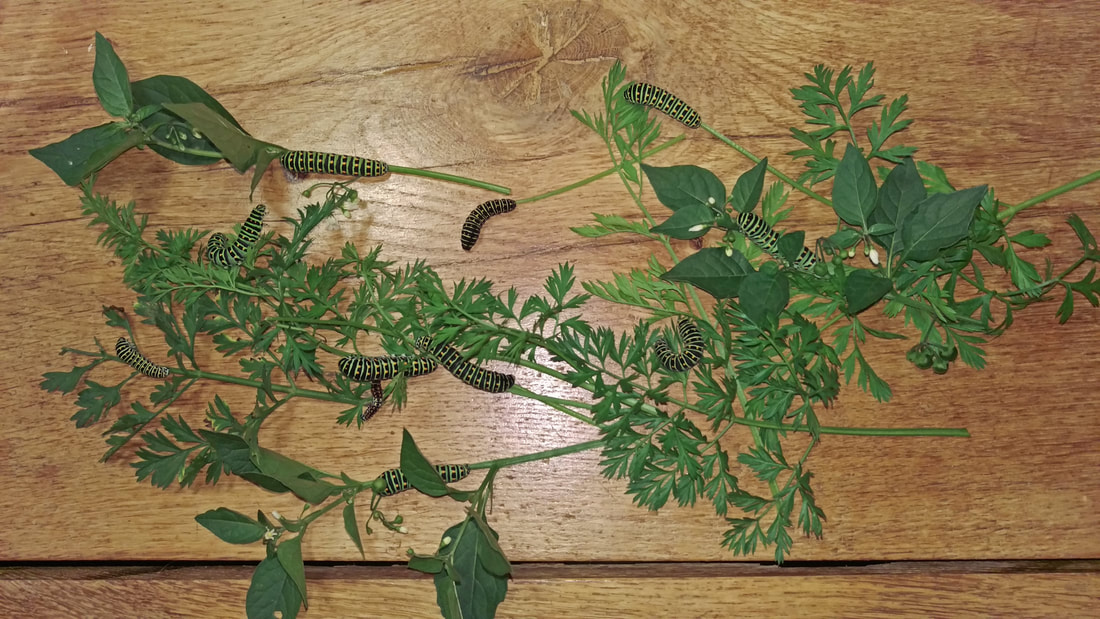
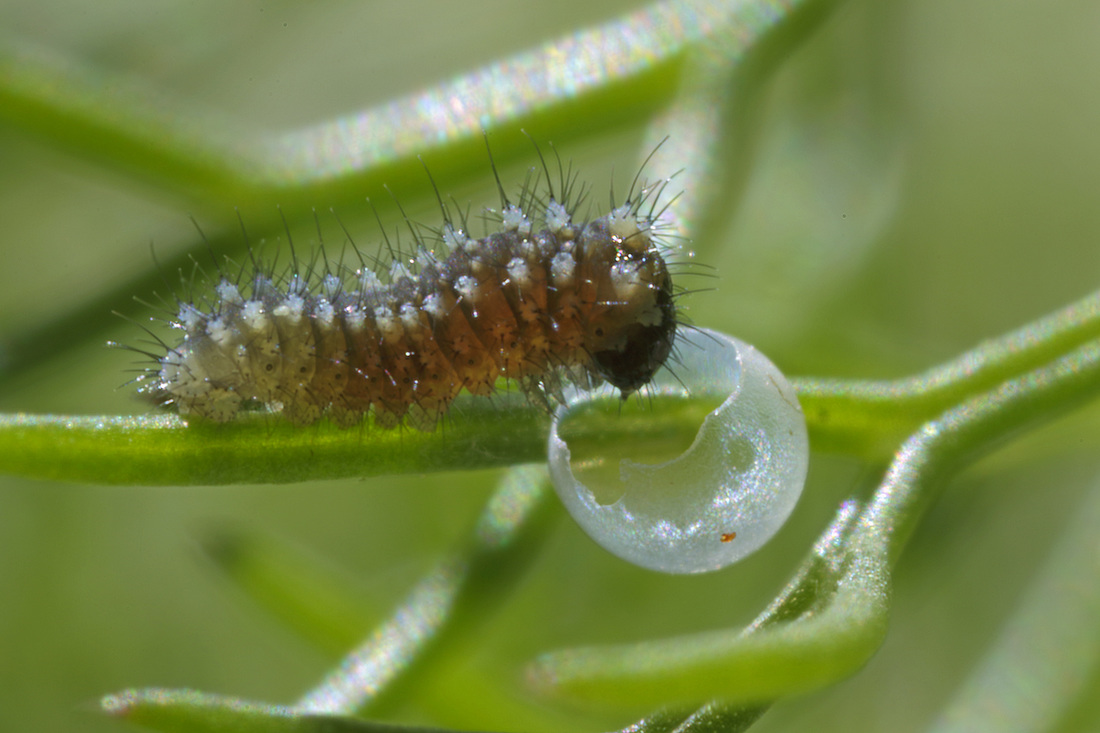






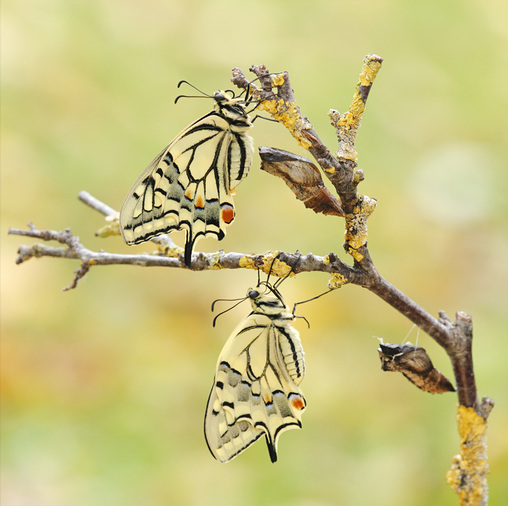
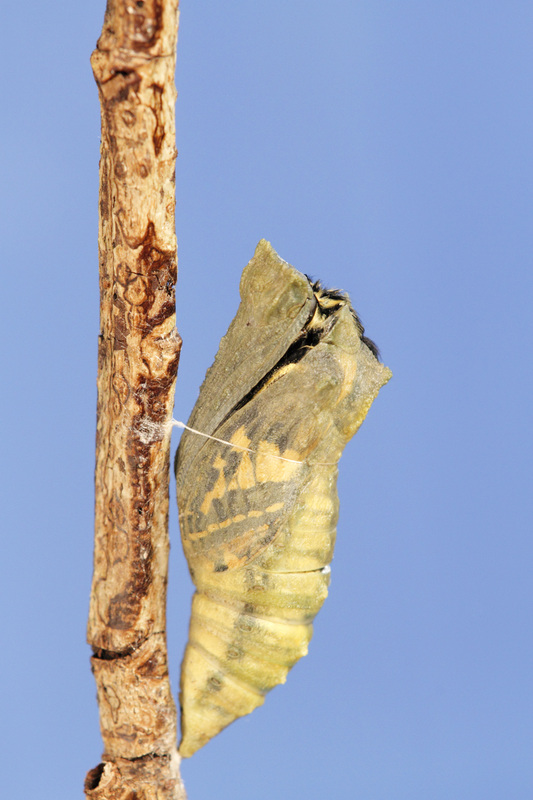
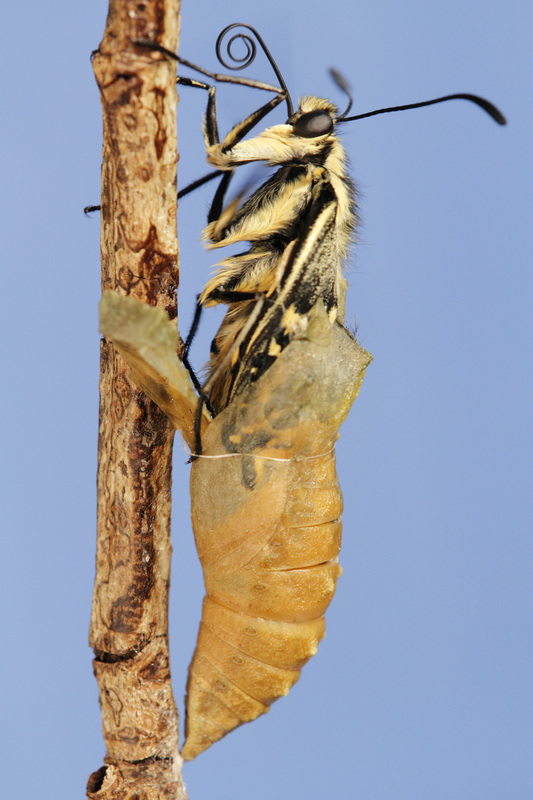

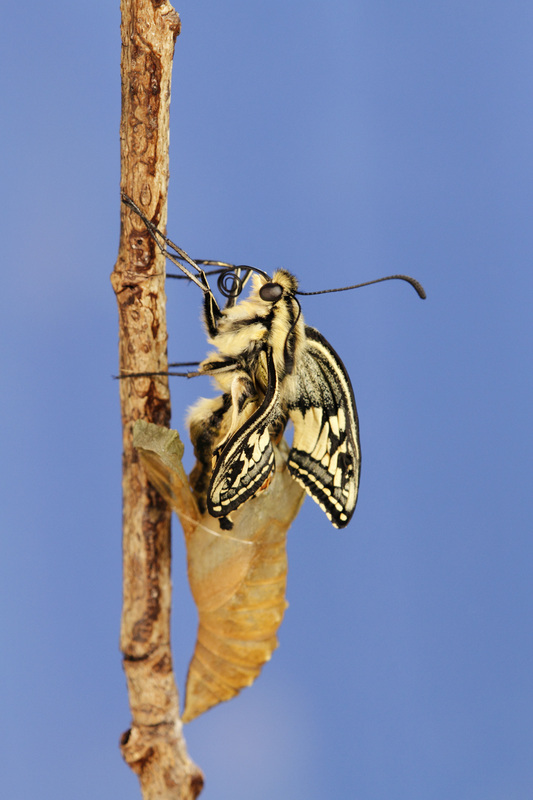
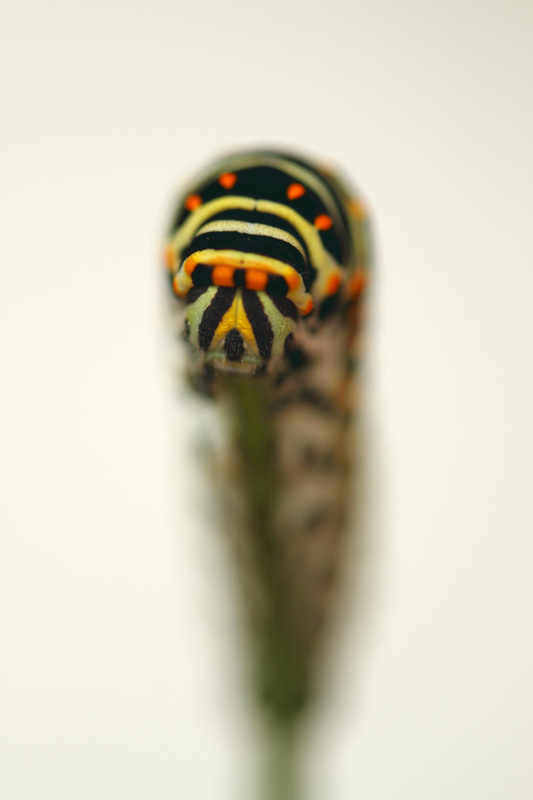
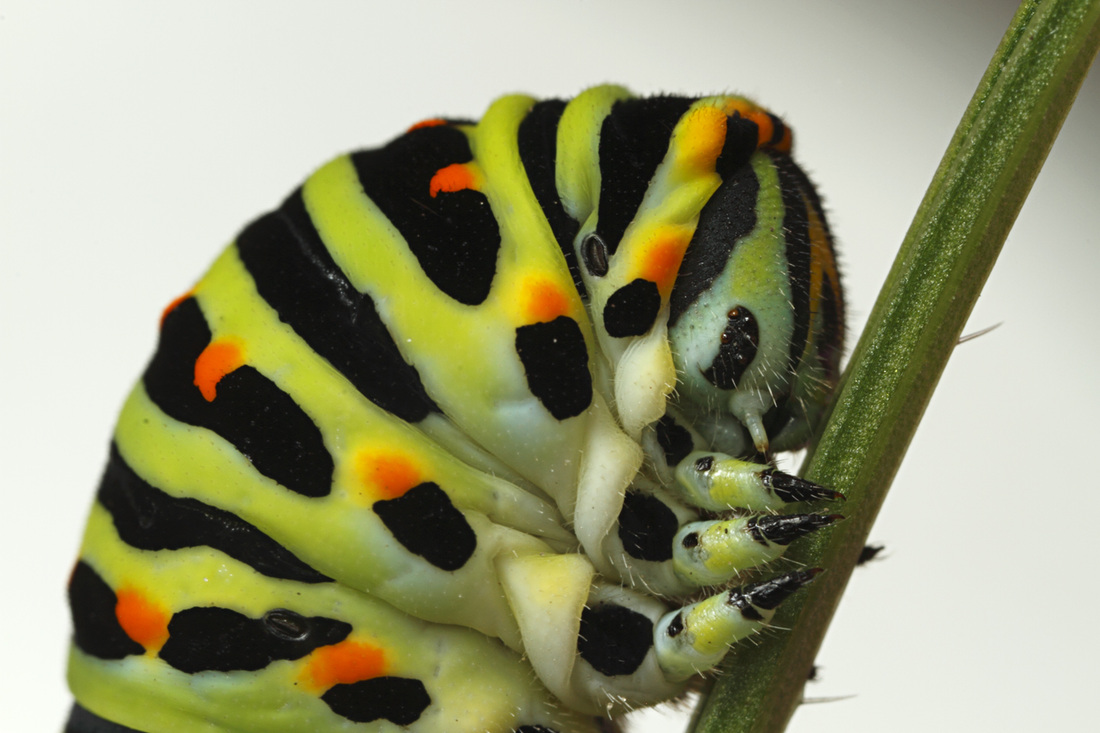


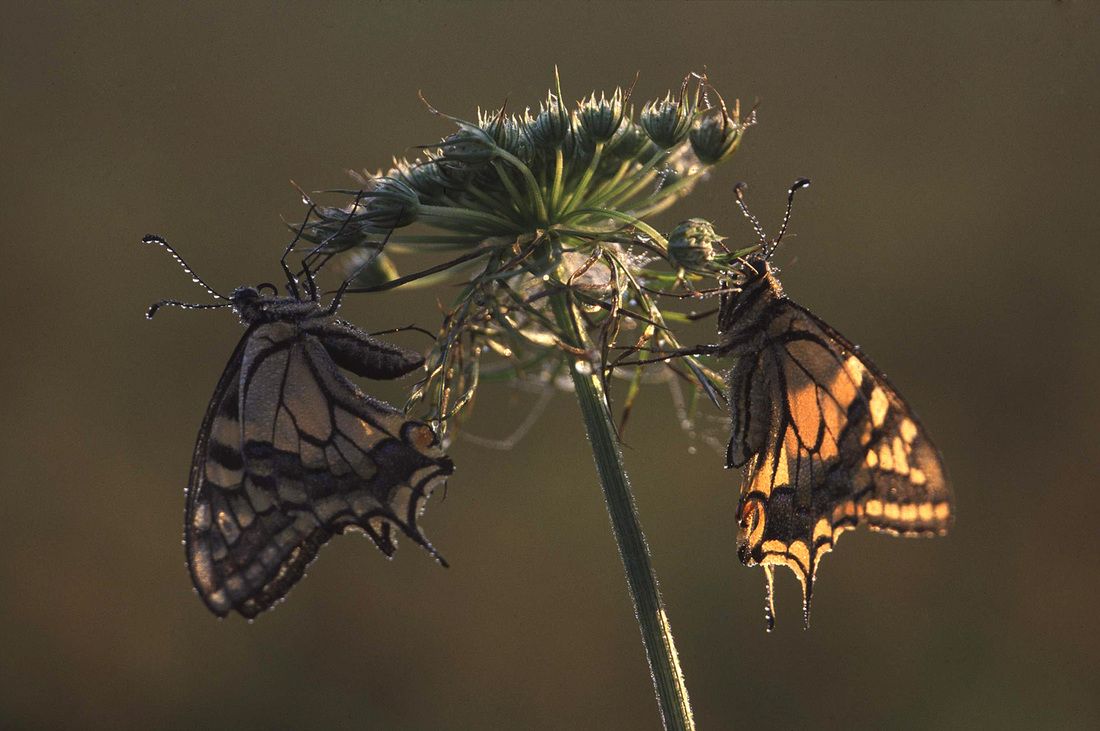



 RSS Feed
RSS Feed